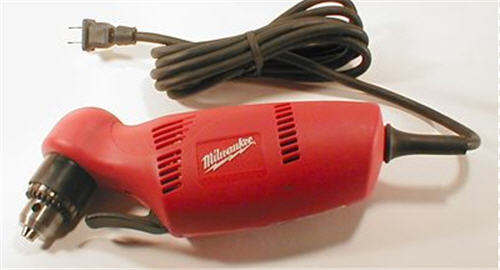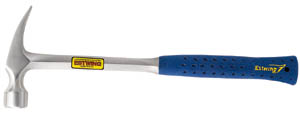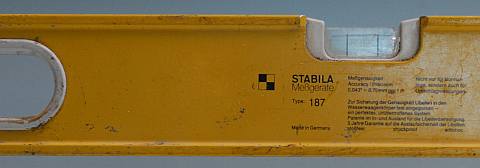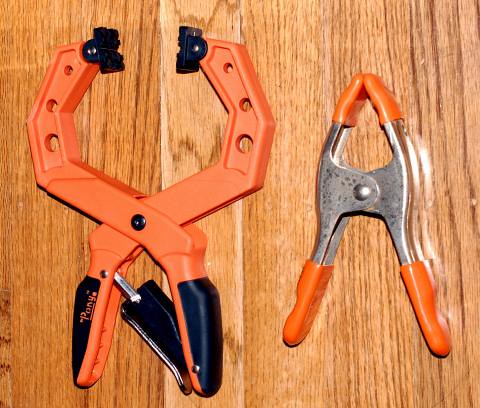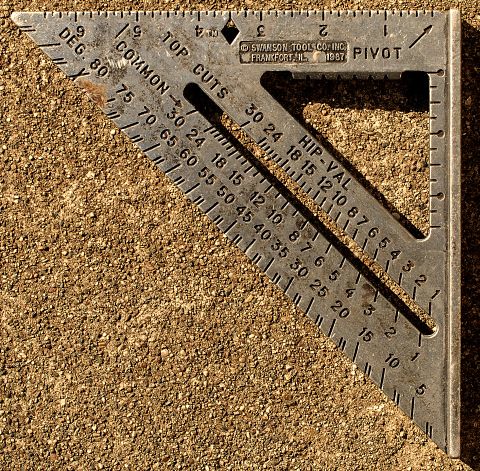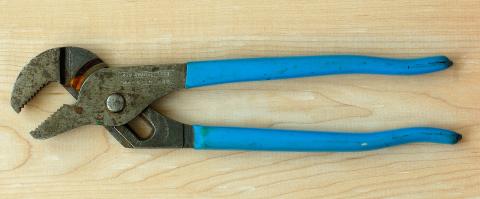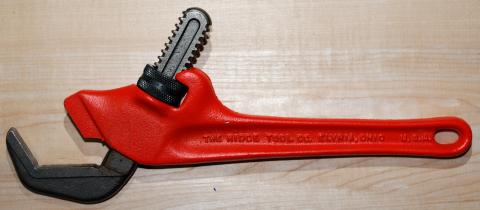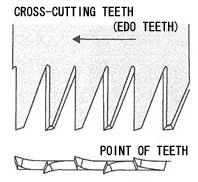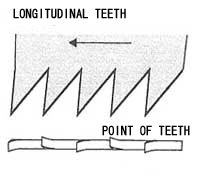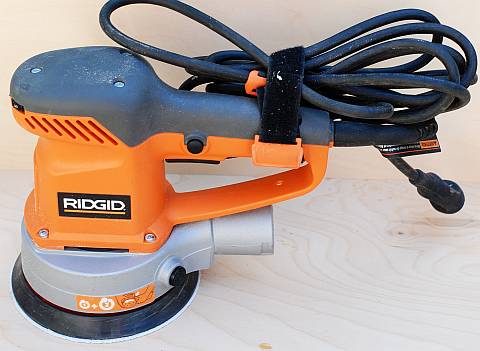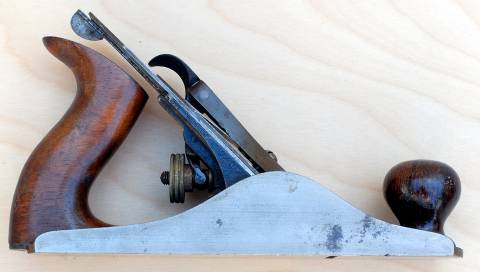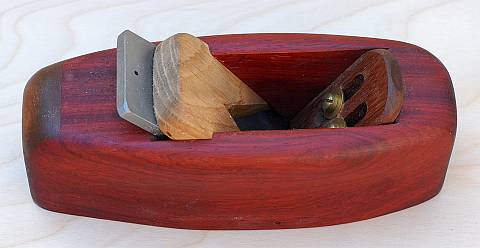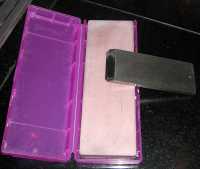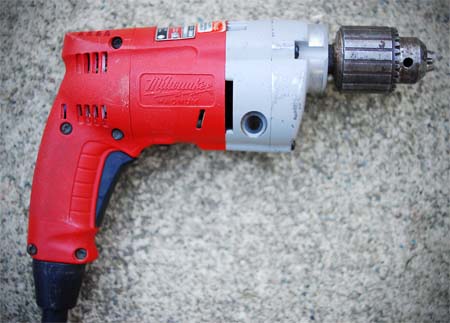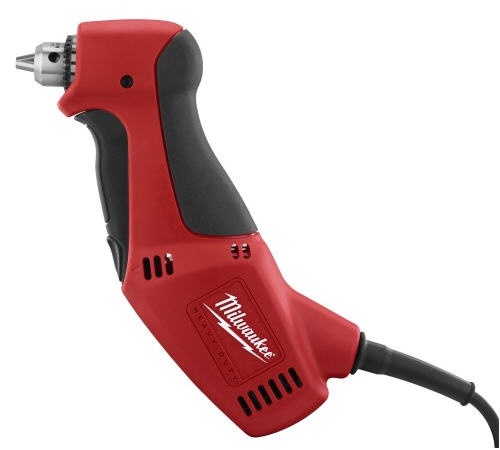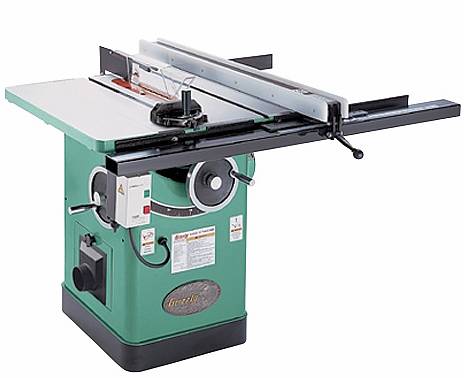
A table saw is almost a necessity when doing woodwork. It handles the job of ripping, crosscutting and dadoing with ease. The biggest problem with them is choosing one. There are a few criteria that need to be sorted through:
- Cabinet Saw vs. Hybrid Saw vs. Contractor's Saw vs. Benchtop.
- 240 volts vs. 120 volts
- Left Tilt vs. Right Tilt
- Accuracy (both short and long term - durability influences this greatly)
- Cost
Choosing between the different types of saws is probably the easiest part. In the list above it goes from least portable to most portable. Cabinet saws are typically defined by having enclosed bases and are usually built to a heavy standard - examples of this would be Delta's Unisaw, the General 350 etc. Contractors saws are lighter in construction for portability, but still have a reasonably sized working area. The powermatic 64 series saws are an example. Hybrid saws are a cross between the two. Typically with that sort of thing you end up with a "worst of both worlds" thing. And benchtop saws are saws which fit on your workbench, though an increasing amount of them now include stands of one sort or another . Ryobi's BTS series is an example of this. They are all light enough and small enough to wheel around or carry.
The need for portability is something that can have a strong influence on the choice you make. Good luck moving your cabinet saw around to anywhere other than the flat surfaces near your shop. On the other hand, Benchtop saws can go almost anywhere and are found anywhere remodellers are working. Having the saw next to you when you are inside a bathroom on the third floor is invaluable.
The reverse of portability is capability. Bigger heavier saws can do everything a smaller lighter saw can do, but they do it with greater ease (due to larger tables, bigger motors, less vibration, greater precision). As you move down the scale, you are not moving to a smaller higher precision tool . This is unlike a jeweler's screwdriver which is usually smaller and more precise than its bigger brothers. Smaller lighter saws can be engineered to be very efficient, but at a certain point, you give up the rigidity of a bigger saw with heavy cast trunions. The basic function is to spin a saw blade in the same spot. The better it can hold it exactly in that position the better your cuts will be.
Making a choice on voltage is also pretty simple. Higher voltage usually means that more power can be supplied to the motor. Saws running off 120 V power are limited to 1 1/2 to 2 horsepower as that is all a typical 120 V circuit can supply. Moving to 240 gives the ability to use a 3 or 5 HP motor. It also limits portability because most homes have few 240 V circuits. Higher power motors tend to last longer since they are not running at their peak load as much as a smaller motor might. In my experience they are a bit quieter too.
Left tilt vs. Right tilt is a something a lot of people get caught up in. A google search will show up arguments bringing up things such as which way you spin the nut to hold the blade or figuring out the effect of a change in Dado blade stack height. In my opinion, the differences aren't very significant. From a safety perspective, it is probably best to use whatever you are most familiar and comfortable with.
In discussing size earlier, I hinted at accuracy. Bigger usually means that the body of the saw and the assembly that holds the motor and blade are heavier and stouter. For this reason they offer the potential of more precision in adjustment, and a better likelyhood that the settings will stay the way you set them even if you knock things about a bit. Beyond that there is accuracy in machining and setting up the saw. Almost all saws can benefit from aligning the blade and the fence correctly and it is covered in their instructions so I will skip the details here. Consider it a necessary step for all saws, even the most precisely milled and polished ones. Of course talking about accuracy when you are dealing with wood is an interesting topic. Wood moves, swells, shrinks, twists etc. Some extra polishing on the work surfaces is probably not going to affect the results your saw produces. As long as the saw is reasonably flat and set up well, you should be getting good cuts. Of course, your ego may demand more...
With all these critieria in mind how did I end up choosing the Grizzly 1023? Well, it was big enough, I don't need to take it anywhere. It is powerful enough. It lives in the garage so 240V power was not a problem. I'm used to a right tilt saw (which was at the time nearly $100 cheaper than the left tilt). And it is built to standards which are good enough for all that I require from it. I could have spent a lot more and not gotten much more out of it. And, I'm glad I didn't. I haven't been disappointed in any way.
